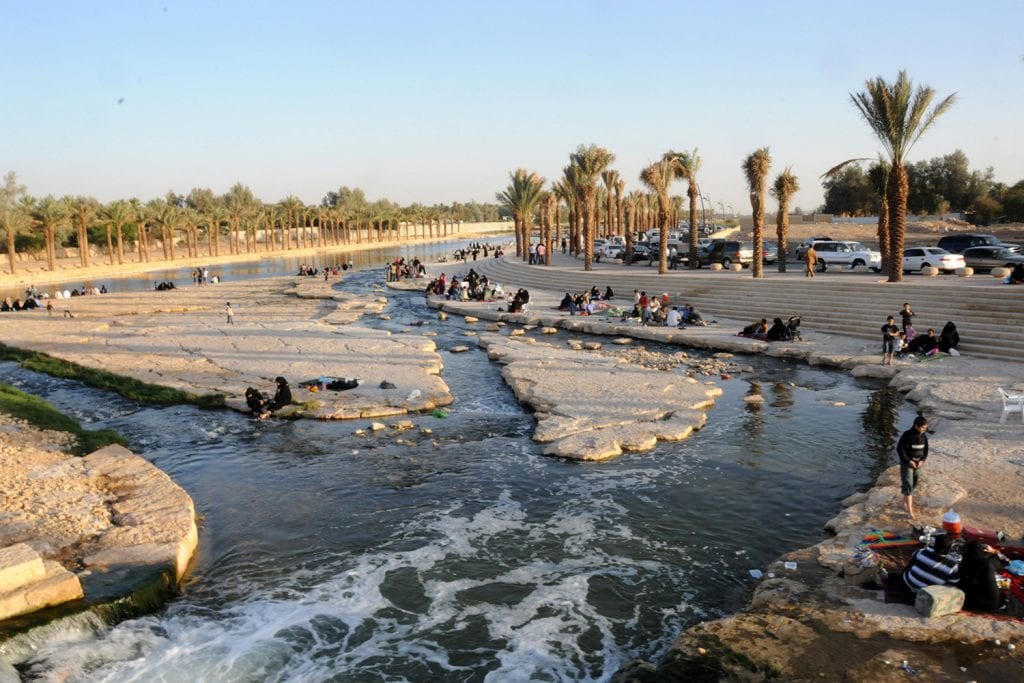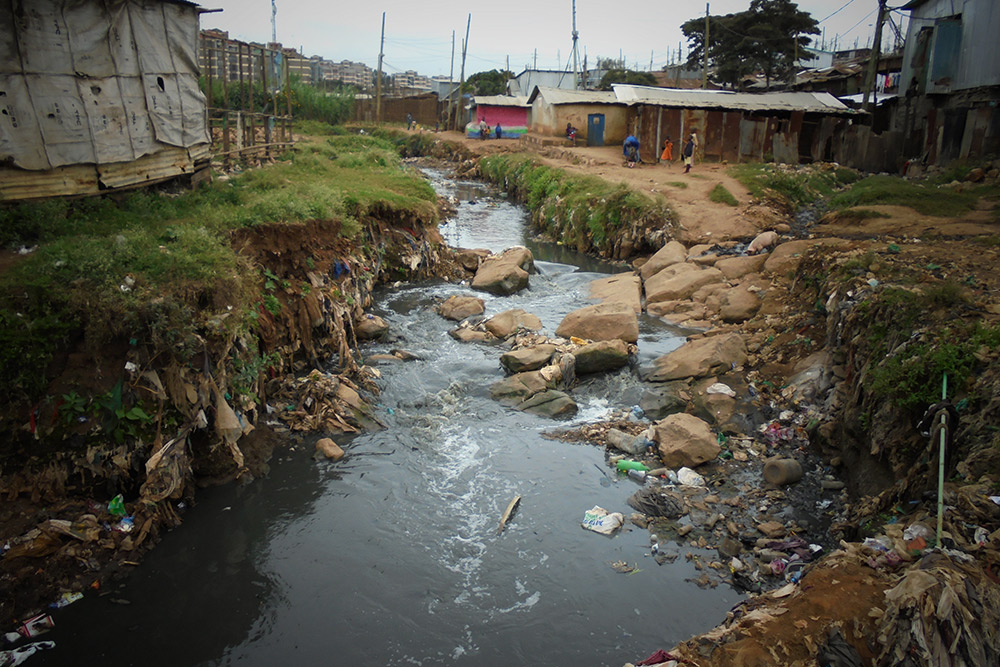Respecting heritage: how to build a football stadium on a World Heritage Site
At the end of March 2021, the UK Government’s Secretary of State supported Liverpool City Council’s decision to grant planning to Everton Football Club’s new stadium at Bramley Moore Dock.

Of all the factors that might have led to an alternative decision, the heritage challenge was probably top of the list. This article explores some of the project’s highlights and describes how the design team responded to this challenge. Let’s begin with a short history of Liverpool’s docks from 1715 to the present day…



Designing a world-class football stadium, whilst incorporating 174 years of industrial and maritime heritage, is not a straightforward challenge. However, it is what the Buro Happold team has been faced with since the project’s inception in 2017. I would like to share some of the highlights that helped us achieve planning permission this year.
1. Strong guiding principles
Respecting heritage was elevated by the club as one of the project’s core principles, with a clear commitment to protect and preserve historic structures. This key project value cascaded through the entire design team.
2. Engage, engage, engage
Between 2017 and 2020, there were 25 meetings with Historic England and Liverpool City Council. I can recall preparing for the project’s first meeting with Historic England in May 2017. At this first meeting, we learnt the importance of maintaining a visual water connection alongside the stadium.
As the stadium progressed, these consultation meetings were crucial to ensure that all views were heard and included within the design responses.

Visiting site for the first time, you cannot fail to experience the nostalgia of the industrial docks and the relationship the site has to the city and the River Mersey. I am proud of the way the Buro Happold team has embraced the historic context of the site. We have developed proposals that maintain and represent the culture through minimal interventions and applied modern interpretations that complement the heritage.
Steve Macey, Sports Projects Director, Buro Happold
3. Investigate and record
With over 900 metres of listed dock wall, site investigation and record keeping was critical to the heritage response. Historic drawings provided great insight into these wonderful structures, which were hidden by layers of silt.
We have documented each five-metre section of wall, above and below water. The whole site has been surveyed by modern laser scanning techniques to allow the measurement of features at a future date, even after the wall has been surrounded by infill material.
4. Design response
The development site is vulnerable to flooding from the River Mersey, and this risk will increase due to climate change. The proposed flood management solutions raise the stadium above future flood levels, but only within its footprint and key access routes. This leaves the majority of the surrounding areas at their historic levels.
The listed dock walls are a defining heritage feature of the site, characterised by Jesse Hartley’s ‘“cyclopean” construction technique. Repairs to the walls were specified to ensure their long-term protection, whether buried below the future stadium or exposed alongside the western channel.
Ground probing was undertaken to define the hidden geometry of the wall, informing the careful placement of foundation piles to avoid contact with the wall. Avoiding damage to the wall was a driving factor in deciding the orientation of the stadium.
During the early consultation with Historic England, maintaining a visual water connection between the northern and central docks was noted as being of the upmost importance. This keeps a visible waterway from Seaport Docks (four kilometres north of Bramley Moore Dock) to the Royal Liver Building (two kilometres to the south). Further consultation identified that maintaining historic water depths was less critical, enabling a more efficient engineering solution to be developed.
To me, football and heritage are not mutually exclusive. In fact, they are inextricably linked. There are few places in the world where football and heritage are as strongly linked as they are in Liverpool. As the new Everton FC Stadium demonstrates, it is possible to design new stadia in a way that respects our industrial and maritime heritage, but also enables our sporting heritage and communities to continue to evolve.








